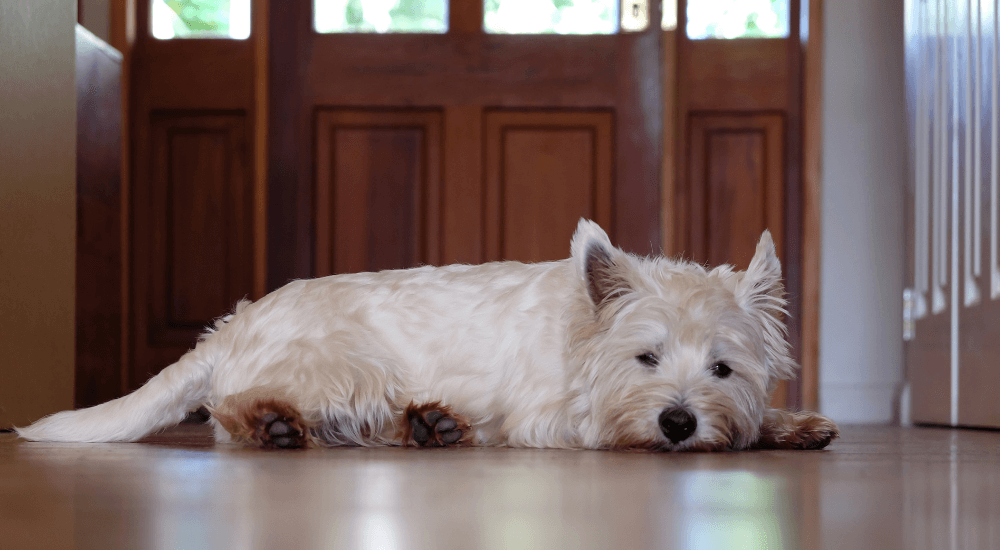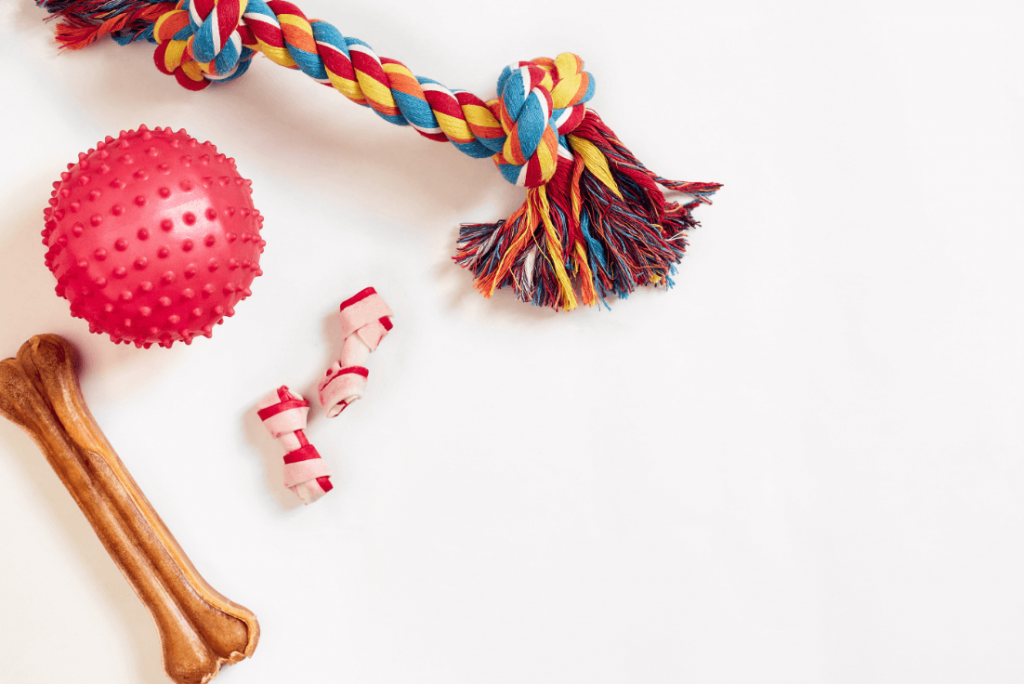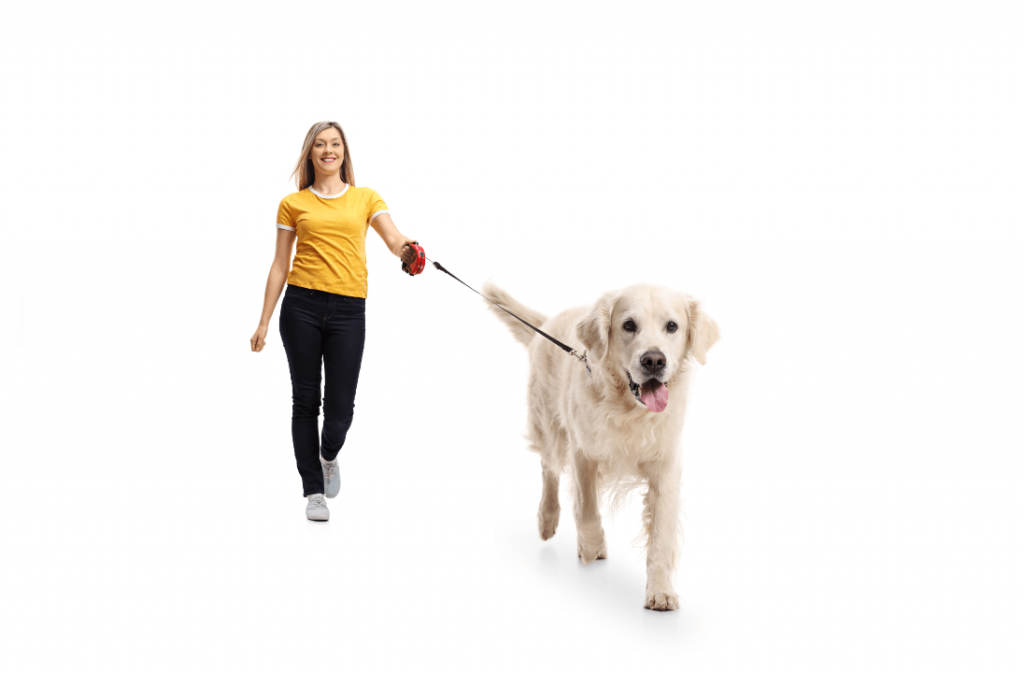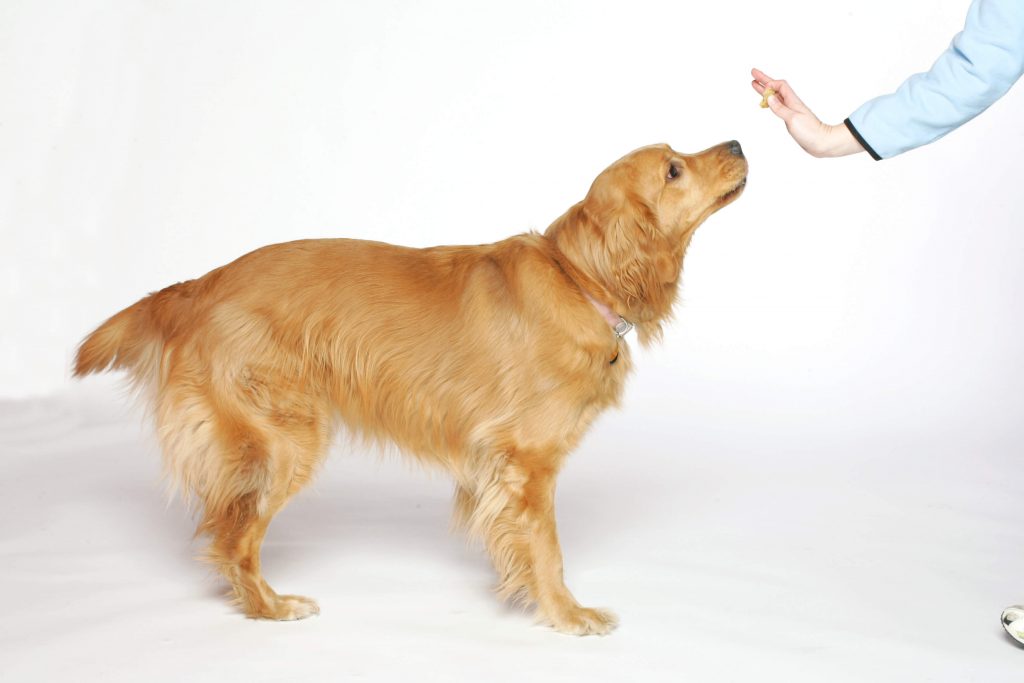
Dogs are pack animals that crave human companionship—much more so than do cats. Writing in Psychology Today, psychologist Dr. Stanley Coren states, “We now have data that suggests that we have selectively bred the domestic dog so that it is strongly biased to love humans (or at least one human) more strongly than it loves other dogs.” A dog’s joy when they see their favorite person makes a convincing case for this, doesn’t it? But in most cases, a dog’s human needs to go to work every day and can’t take their pet with them. So how do you help make this reality as gentle as possible? How do you keep your best friend from tearing up the house out of worry? There are lots of great tips out there, but we’ve narrowed them down to the few we find most helpful and universal. Here are three top tips from experts to mitigate your dog’s anxiety while you’re gone and help them be as content as possible when you leave your dog home alone.
1. Train your Dog to be Home Alone Right from the Start
Much like a small human child, dogs of all ages need reassurance that goodbye doesn’t mean forever, and the best way for them to understand this at a visceral level is to train it into them. Pet experts at Orvis suggest you “separate early and often.” Leave your pet alone and busy in the next room for a short amount of time, then come back in the room with no fanfare. Gradually extend the amount of time you’re separated indoors, and then follow the same step-by-step technique to get them used to being separated from you when you leave the house. When you’re together again, give them brief praise and some low-key love.
2. Be Reasonable When Leaving your Dog Home Alone
Dogs aren’t things—they are living, breathing, thinking creatures that have feelings and needs. Veterinarian Dr. Karen Shaw Becker from HealthyPets.com asserts that “10 to 12 hours is too long for a dog to be alone in a single stretch.” While that might sound like common sense, many well-meaning pet owners end up leaving their dog home alone for about this length of time, when you factor in commutes. Dr. Becker recommends being as proactive as possible and find better solutions, such as:
- Coming home for lunch
- Arranging for a dog-walker or hiring a professional one
- Enrolling your pet in a doggy daycare service, even if it’s only a few times a week
Just like you and me, your dog needs to be able to relieve themselves every 4-6 hours, and they can’t do that if they’re stuck in a crate all day—so keep this hugely-important reality check in mind. Leaving your dog home alone shouldn’t mean they have to physically suffer too.

Keep Them Entertained
In a PetMD.com article, Dr. Kwane Stewart, Chief Veterinary Officer of American Humane, advises pet owners to provide their dog with an ever-changing supply of engaging toys and safe chewables. Instead of leaving the entire basket of toys out when you’re gone, put them away and let your dog have a few different ones each day. “Puzzle” toys that require your dog to figure out how to dispense a treat are ideal because they’ll keep your friend mentally stimulated and occupied. You can also leave the TV or soft music on for background noise, if these things are comforting to your dog. “It’s helpful to try to step into the mind of your pet for a moment, and then act accordingly.”

The Tip of the Tail
Leaving their dog home alone is a must for most pet owners from coast to coast. The good news is, the reunion is so sweet. Make sure you give them plenty of attention, exercise, and love when you get home, and it will be a time they look forward to.








0 Comments